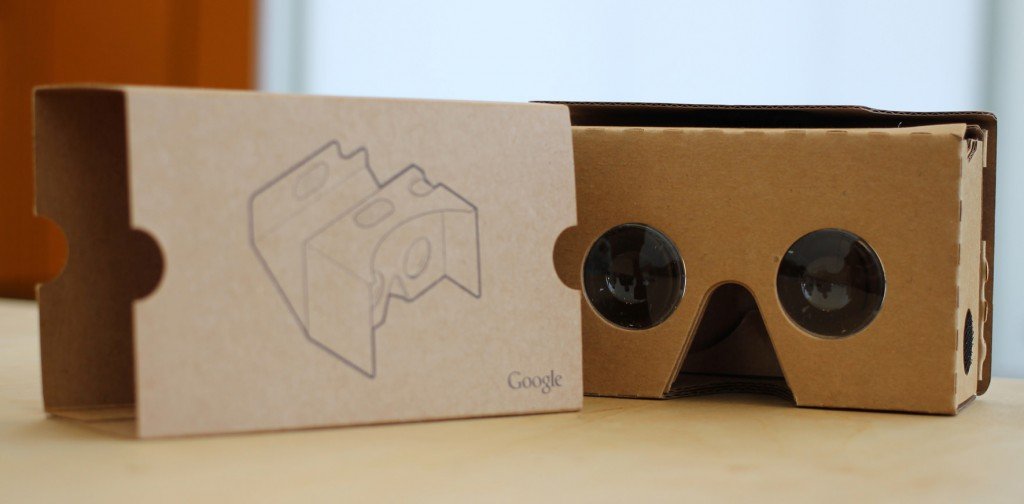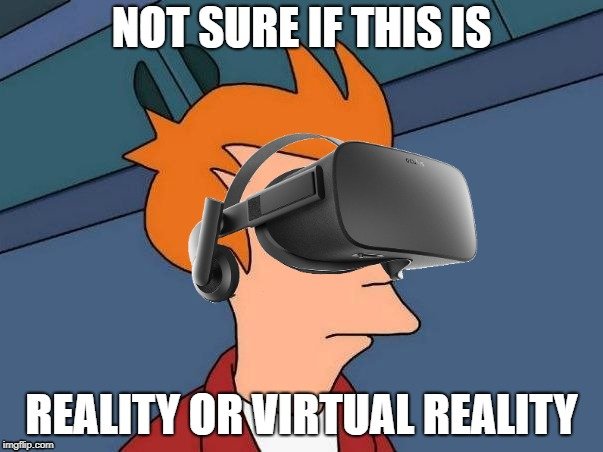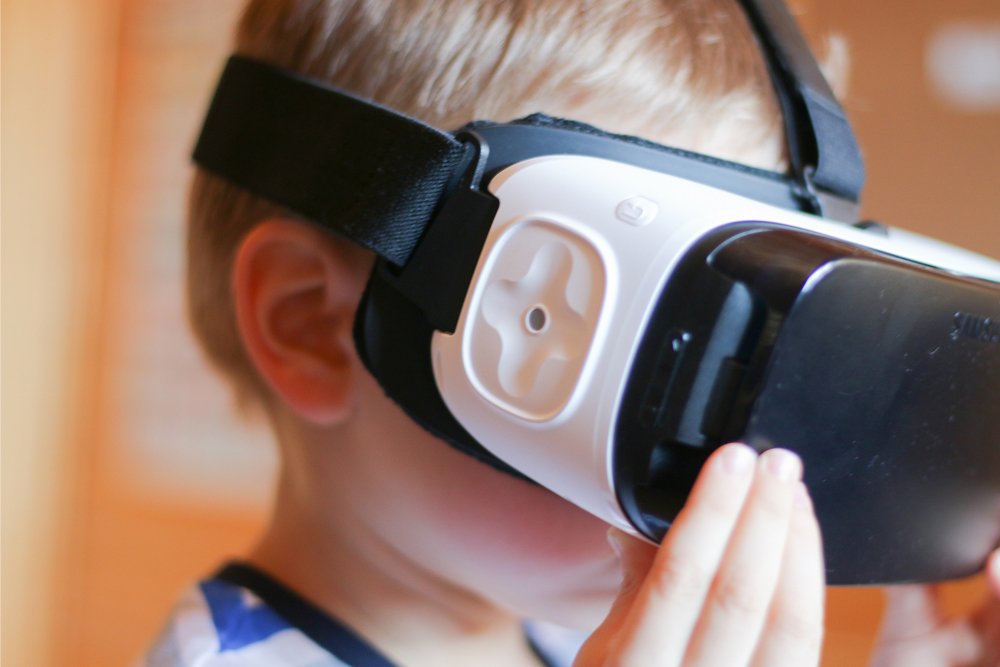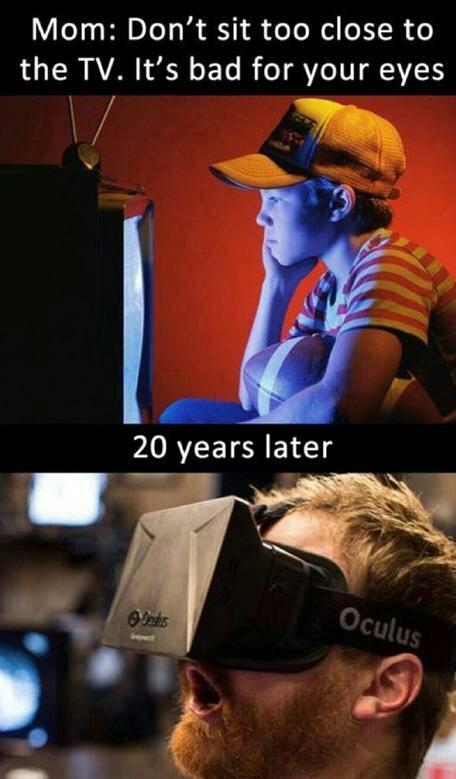Table of Contents (click to expand)
VR headsets are unsafe for kids. Sony recommends users to be aged 12 and above for its headset PlayStation VR. Oculus Rift and Samsung Gear VR come with age recommendation of 13+. Google, with its relatively new tech Google Cardboard, prescribes that kids must only use the VR headset under parental supervision.
Virtual reality (VR) is a fast-growing technology, one that is becoming particularly popular amongst teens and kids. To experience virtual reality, you must put on a virtual reality (VR) headset, which recreates a virtual environment in which a person can look around in 360 degrees, hear thrilling sounds, and move your body to interact with the world around you in a fantastic way. VR headsets are topping wishlists of kids and young children all over the world, but with several VR headsets coming with age restrictions, is the technology safe for the young children to explore? Let’s delve into the details of this fascinating new technology.
VR Headset Age Limit: No Consensus
There is no consensus amongst the VR headset makers on what should be the age to allow children to use these VR gizmos. HTC takes the safest route. It says that children should not be allowed to use its VR headset HTC Vive. Sony, on the other hand, recommends users to be aged 12 and above for its headset PlayStation VR. Oculus Rift and Samsung Gear VR, two of the highly popular VR gizmos come with age recommendation of 13+. Google, with its relatively new tech Google Cardboard, prescribes that kids must only use the VR headset under parental supervision.

Companies have not offered a detailed explanation for these varying age recommendations, so what does the science say? Not much, according to Marientina Gotsis, director of the Behavioral Health Center at the University of Southern California School of Cinematic Arts. She notes the sparsity of research data in this context, as VR technology is pretty new. Also, it’s very difficult to do research using children as subjects due to ethical and regulatory restrictions. Children unremittingly using VR makes Gotsis uncomfortable. Her point is pretty valid. Children at a young age might fail to emphatically discern between reality and fantasy, leading to upbringing issues.

Also Read: Does Playing Violent Video Games Make You More Aggressive?
Effect Of VR On The Brain
In a study conducted by the University of California on rats, it was found that the behavior of the neurons in a certain brain area associated with spatial learning were altered in virtual environments. More than half of the neurons closed down when exposed to virtual reality. Whether or not these results can be extrapolated to humans remains questionable, but what this study highlighted is that there is a dire need for a more thorough research on the long-term effects of VR technology, especially on young children.

Gotsis surmises that VR could have a profound impact on the developing brains of young children. She explains that the brain is very plastic at young ages, and exposure with improperly fitting devices can affect its functioning. Children may not be able to understand how to communicate eyestrain and may even lack the reflexes to remove the devices if they feel cramped wearing them. Even worse, they simply might get too engrossed in gaming and overlook the uncomfortableness.
Also Read: How Do 3D Glasses Work?
Effect Of VR On Vision
One of the biggest concerns that parents have pertaining to VR headsets is about its impact on eye sight or vision. According to American Academy of Ophthalmology, staring continuously at a VR headset screen (or any digital device for that matter) without breaks may cause eye strain or eye fatigue. This is because, when you use VR headset, you tend to blink less than you normally do. This can lead to drying out of the front surface of the eyes, resulting in fatigue.
 Viewing a picture with motion gives the brain the same visual signals it receives during its viewing of actual physical motion. That’s why the use of VR materials can also lead to dizziness. If your child is susceptible to motion sickness on a rollercoaster, he will likely be susceptible to virtual motion sickness as well.
Viewing a picture with motion gives the brain the same visual signals it receives during its viewing of actual physical motion. That’s why the use of VR materials can also lead to dizziness. If your child is susceptible to motion sickness on a rollercoaster, he will likely be susceptible to virtual motion sickness as well.
Vergence-accommodation Conflict
Another issue with VR headsets is something known as vergence-accommodation conflict. Now, when you normally see the world, your eye first points the eyeballs—vergence—and then focuses the lenses—accommodation—on an object; these two operations are then combined by our brain to construct a coherent picture. Present-day VR headsets present each eye with a slightly different image on a flat screen to achieve the illusion of depth. This implies that no matter how far an object appears, the eyes remain focused on a fixed point, but they converge on some object in the virtual distance.
Ulterior Motives
When it comes to gizmos like VR headsets, you have a system designed by someone whose intention is to manipulate your child—be it for advertising, politics or even religious reasons. Thus, if your child spends long afternoons immersed in his/her VR environment where manipulation is going on, it poses a threat to the child’s autonomy and may hamper their understanding of the world.
Although virtual reality is a promising piece of technology, with the potential to supplement and improve education and healthcare, tech experts opine that VR manufacturers need to team up with scientists and researchers to conscientiously examine the long-term implications of VR technology. Until then, VR should be used by children under their parent’s supervision.
If you, as a vigilant parent, can keep an eye on what your kids are doing with their VR headset and can control how much time they spend using them, you can worry less about VR harming your children’s health or behavior.
How well do you know about VR headsets and the risk associated with it?

References (click to expand)
- Brain's reaction to virtual reality should prompt further study .... The University of California, Los Angeles
- Are Virtual Reality Headsets Safe For Kids? | IST 110. The Pennsylvania State University
- Are Virtual Reality Headsets Safe for Eyes?. The American Academy of Ophthalmology
- Gotsis, M. (2004). INSIDE _ OUT : a case study for enhancing public participation in mixed reality events. - Semantic Scholar
